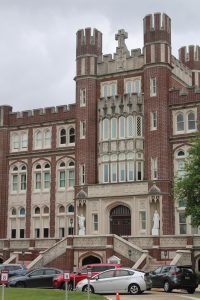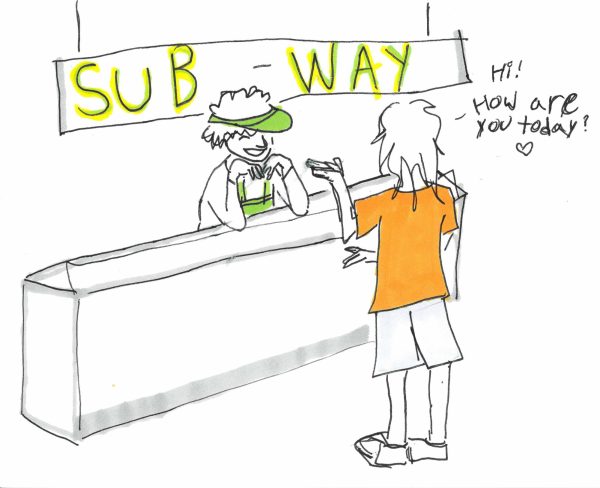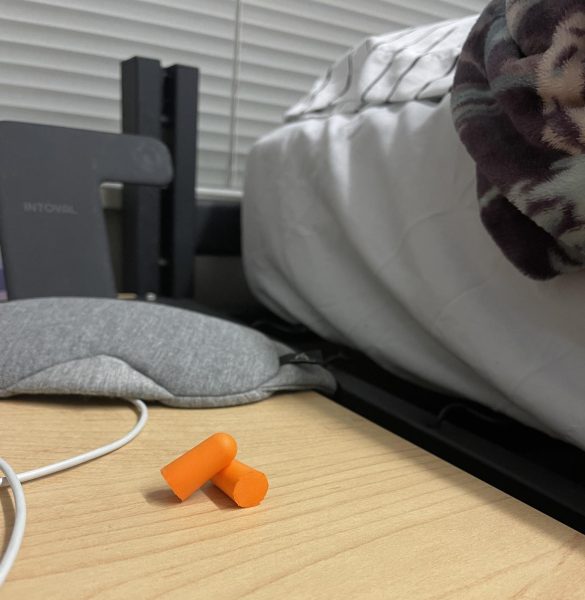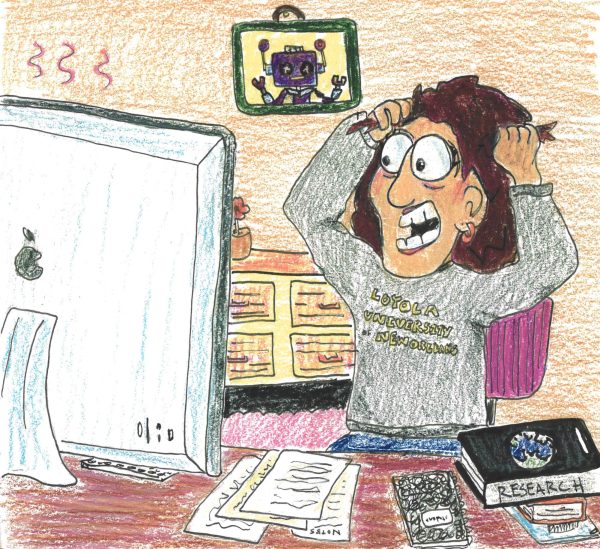Pakistani students need a safe learning environment
February 27, 2015

Molly is an English writing junior.
I hate guns.
It’s no secret. I’ve never even held one. I think they belong solely in the military and the police force; maybe in the hands of those who hunt for sustenance, but that’s another opinion piece altogether.
More than anything, I think guns have no place anywhere near children.
However, the provincial government in northwestern Pakistan disagrees.
This past December, gunmen scaled the outer walls of a Pakistani school in the city of Peshawar and slaughtered teachers and students alike, killing almost 150 people.
The school is located in a region that borders Afghanistan and is heavily impacted by militant attacks and recent retaliation by the Pakistan Armed Forces.
The assailants were members of the Islamic, Pakistani group Tehrik-i-Taliban — a group not directly affiliated with the better-known Afghani Taliban.
According to reports from BBC, most of the victims were students, most of them had military relations and most of them were under the age of 16.
After the attack, the province’s government passed new legislation that not only allows teachers to keep guns in their classrooms, but also trains the ones who choose to do so. No other provinces have passed such legislation.
But why haven’t they?
First of all, accidents happen. Regardless of experience or expertise, guns are dangerous weapons that can misfire if used improperly.
According to CNN, many scholars further argue that increasing students’ familiarity with guns could lead to a perpetuation of violence and an acceptance of gun culture in the future.
In addition, the New York Times reports that the government is taking $15 million previously set aside to improve sanitation and drinking water for the students and is instead redirecting it to build taller boundary walls and hire security forces. While this reallocation is problematic in itself, such security measures surpass necessity, and arming inexperienced teachers is excessive. Besides, how likely is it that militant groups are going to start targeting schools regularly?
Finally, is a group of suicide bombers wielding semi-automatics really going to be deterred by a couple of biology teachers with Glocks?
For all the reasons mentioned — and I’m sure there are plenty others — it makes sense to dismiss the Pakistani legislation as irrational at best.
But sometimes reasoning stops short. It forgets about humanity.
How do the students feel about these new safety measures? Are they better able to focus on their studies if they know there’s a gun in their teacher’s desk? The New York Times suggests that teachers are conflicted about the idea, and I’m sure parental views differ greatly on how to make a school “safe.”
But has anyone actually asked the students? If everyone is so concerned with ensuring these children feel safe in their learning environment, maybe someone should go through the trouble of asking what would make them feel safe. Maybe someone should ask what it’s like to see your classmates shot and killed and whether having a gun in the classroom takes some of that fear away.
Before writing off the new legislation as irrational, then, maybe we should take a look at those who are most affected by it — those same children who we, as a society, have a duty to protect.
If you’re interested in helping the education system in Pakistan, donate whatever you can to Care Pakistan.

















Deude • Mar 6, 2015 at 1:00 pm
>>But has anyone actually asked the students? If everyone is so concerned with ensuring these children feel safe in their learning environment, maybe someone should go through the trouble of asking what would make them feel safe.
How in Good God’s name these children would know how they can be made safe from terrorism?…Can YOU even suggest a safety plan for your own house?..
In some parts of the world if a man or woman lacks adequate reasoning skill he/she is abused by calling her/him a ‘child’.
So, grow up child.